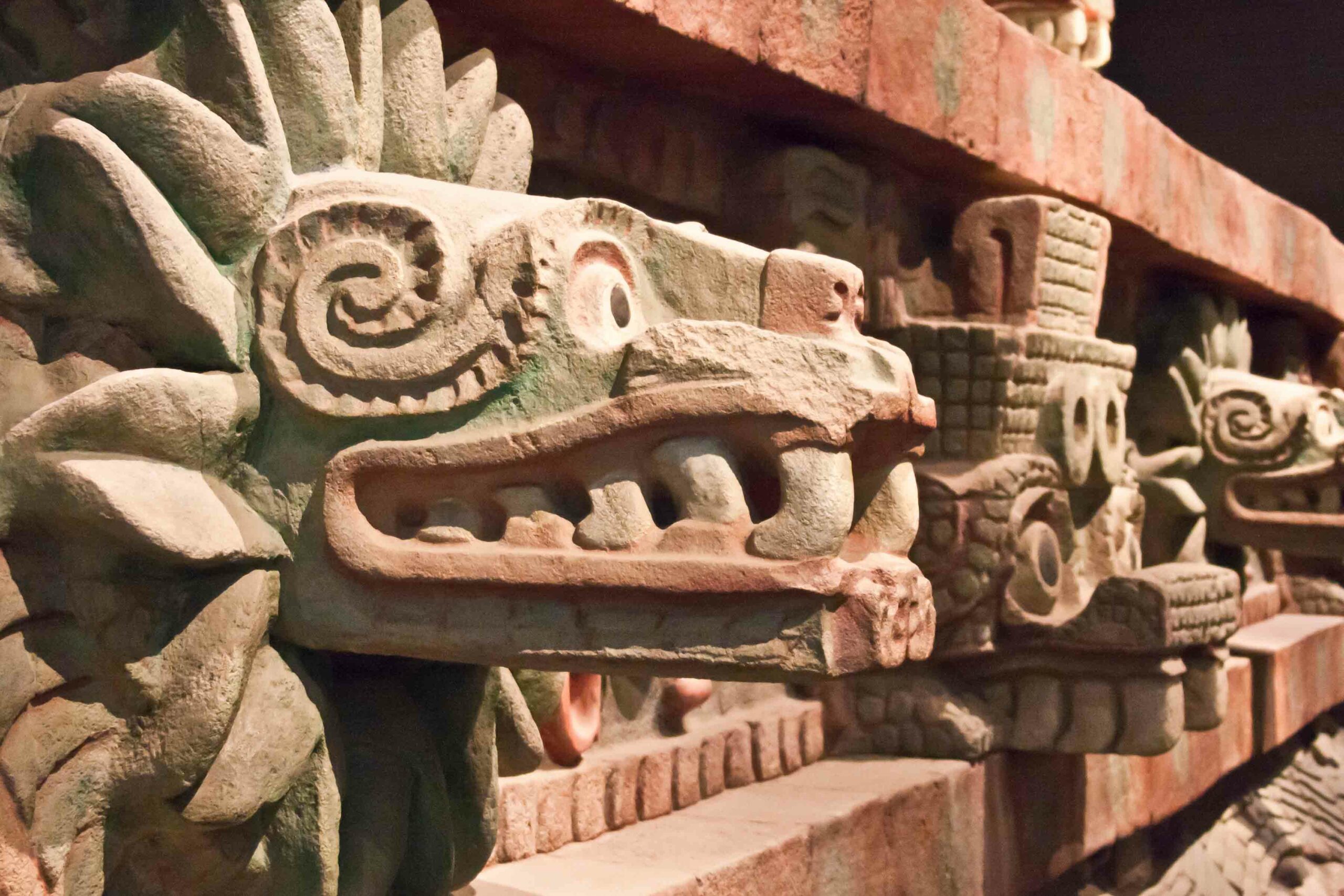Latest News
-
 West Kazakhstan Region Inspectorate for the Protection of Monuments
West Kazakhstan Region Inspectorate for the Protection of Monuments -
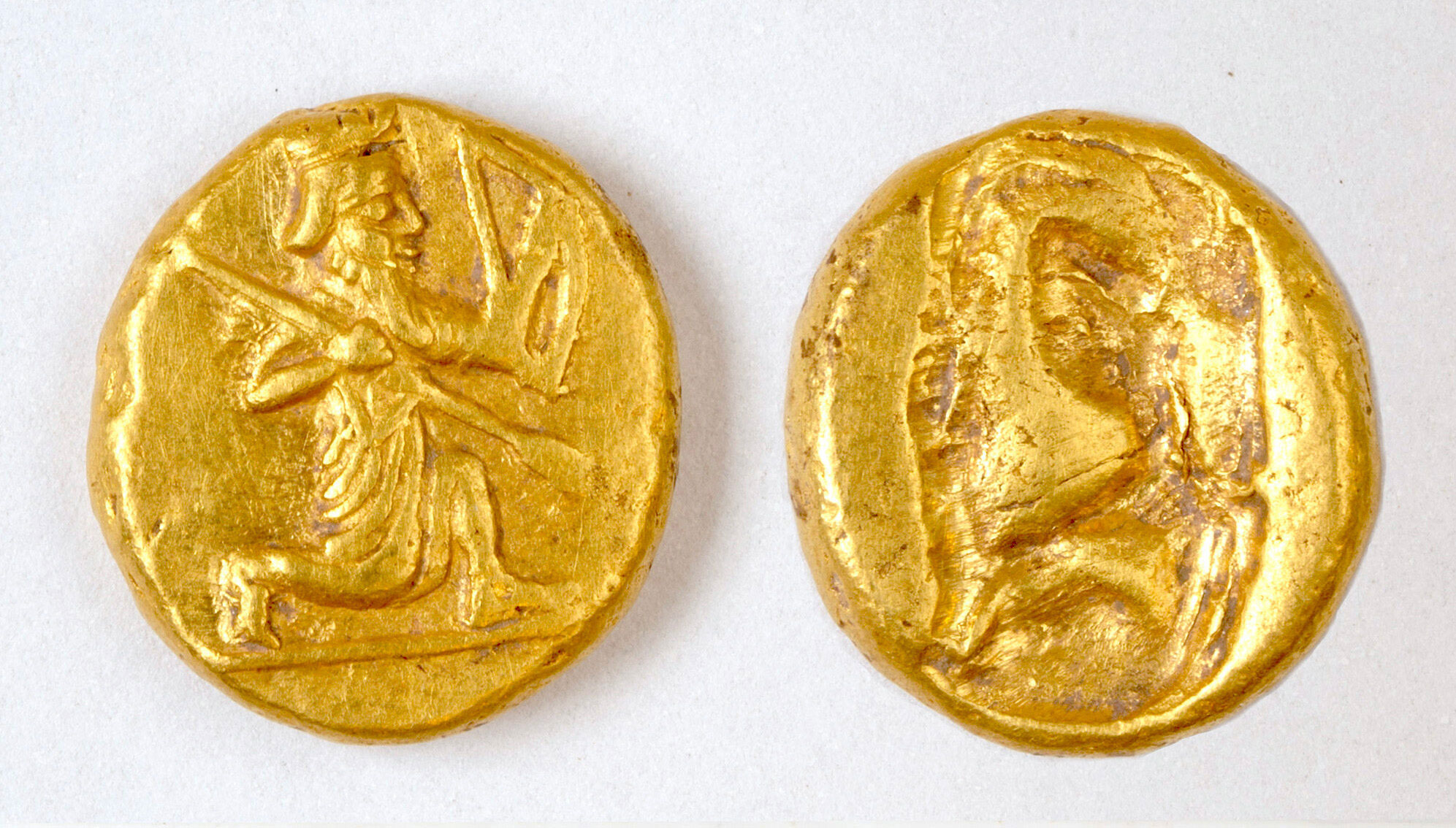 Notion Archaeological Project, University of Michigan
Notion Archaeological Project, University of Michigan -
 Marković et al. 2025, © Antiquity Publications Ltd.
Marković et al. 2025, © Antiquity Publications Ltd. -
News September 8, 2025
9,000-Year-Old Workshop Yields Insight into West African Toolmaking Practices
Read Article © UNIGE-ARCAN
© UNIGE-ARCAN
-
News September 5, 2025
Ancient DNA Pinpoints Culprit Responsible for World's First Pandemic
Read Article University of South Florida
University of South Florida -
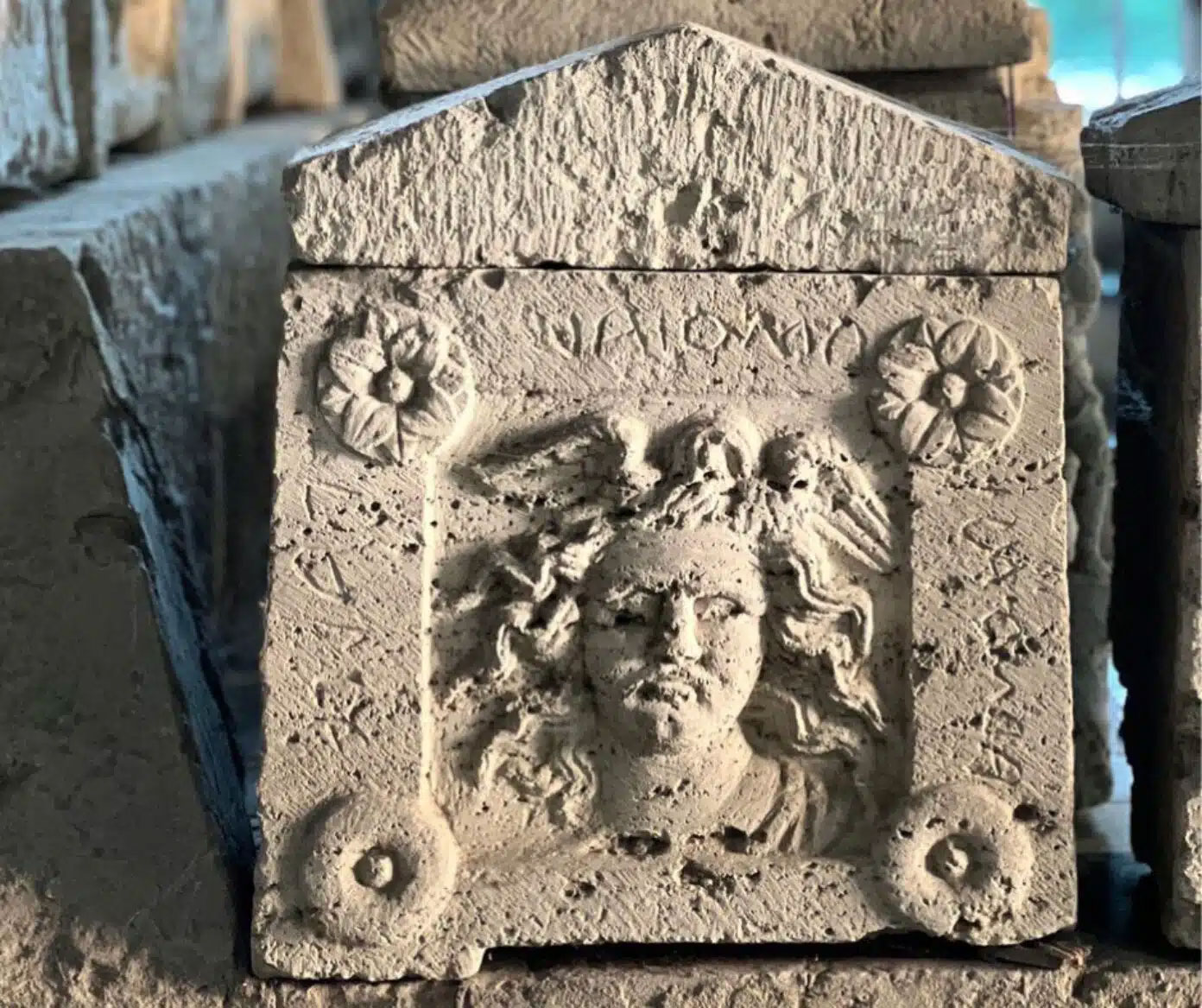 Ipogeo dei Volumni e Necropoli del Palazzone
Ipogeo dei Volumni e Necropoli del Palazzone
-
News September 5, 2025
Earliest Evidence of Indigo Processing Identified on Paleolithic Tools
Read Article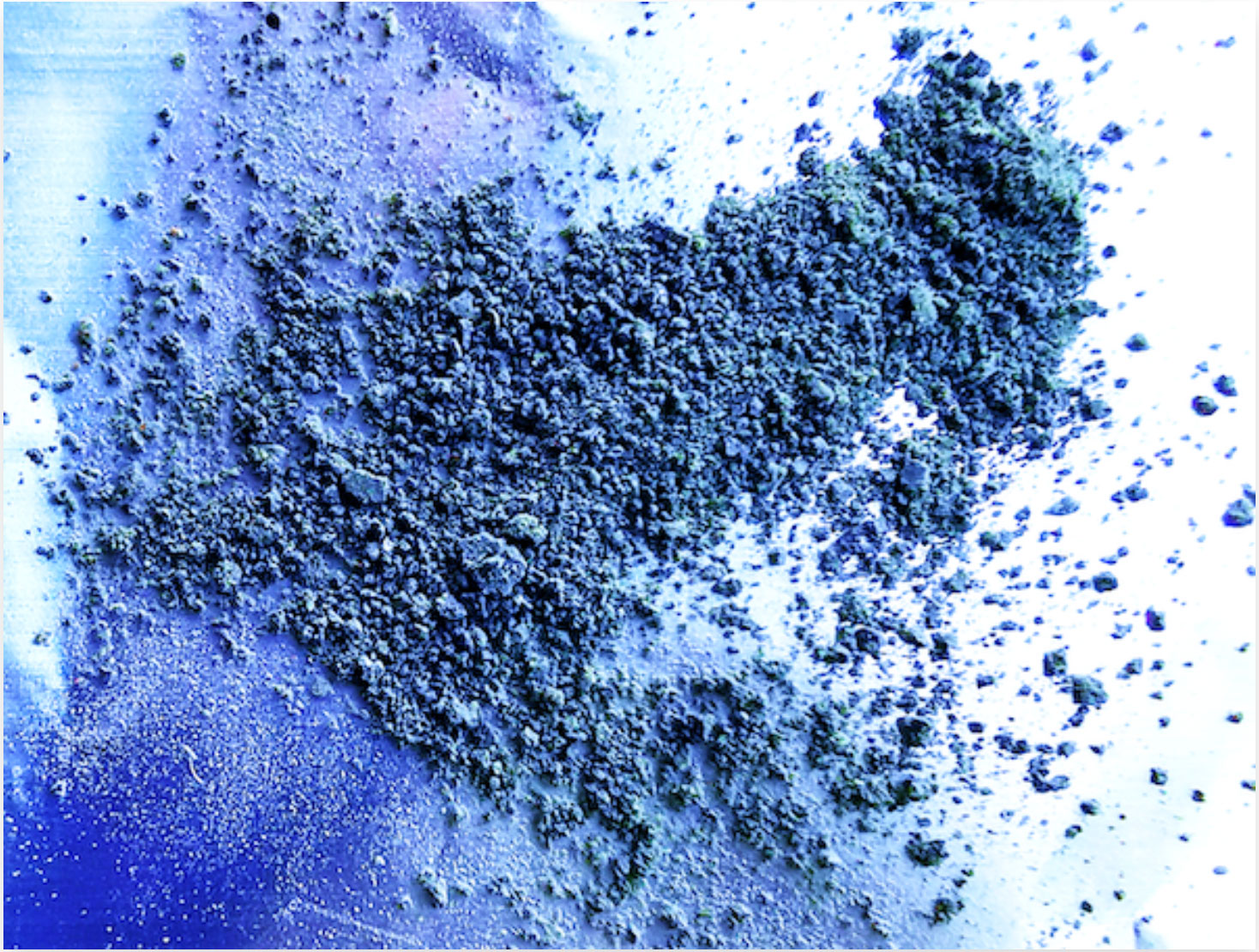 Laura Longo
Laura Longo -
 Roberto Fortuna, The National Museum of Denmark
Roberto Fortuna, The National Museum of Denmark -

-
 Greek Ministry of Culture and Sports
Greek Ministry of Culture and Sports -
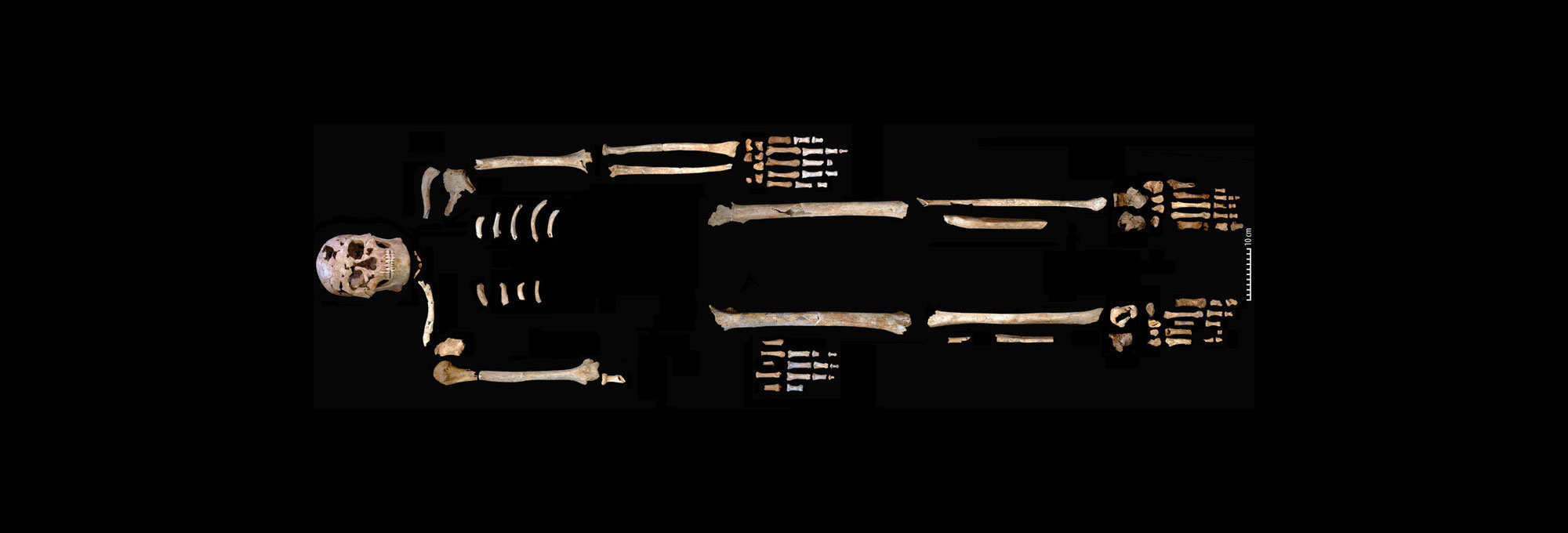 Photographs: C. M. Stimpson; reconstruction: A. Wilshaw
Photographs: C. M. Stimpson; reconstruction: A. Wilshaw -
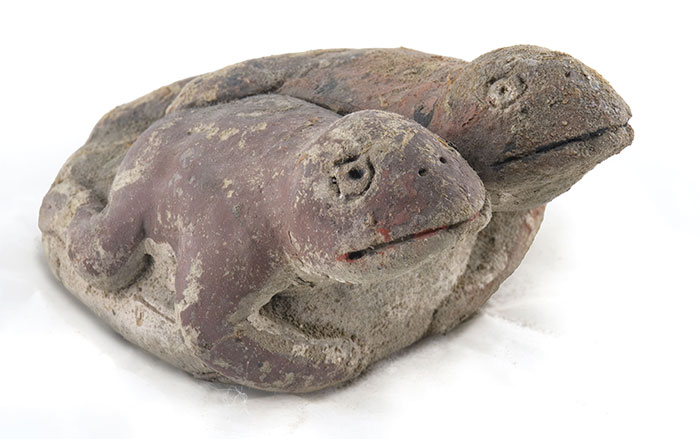 Peruvian Ministry of Culture
Peruvian Ministry of Culture -
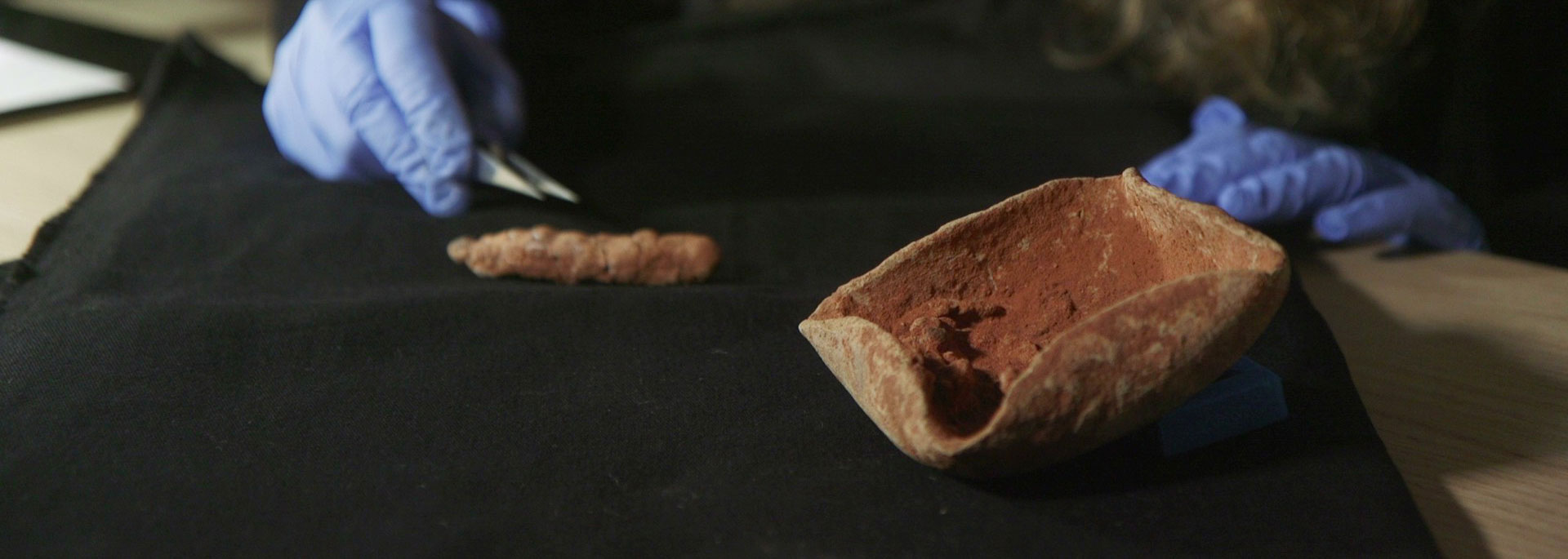 Emil Aladjem, Israel Antiquities Authority
Emil Aladjem, Israel Antiquities Authority -
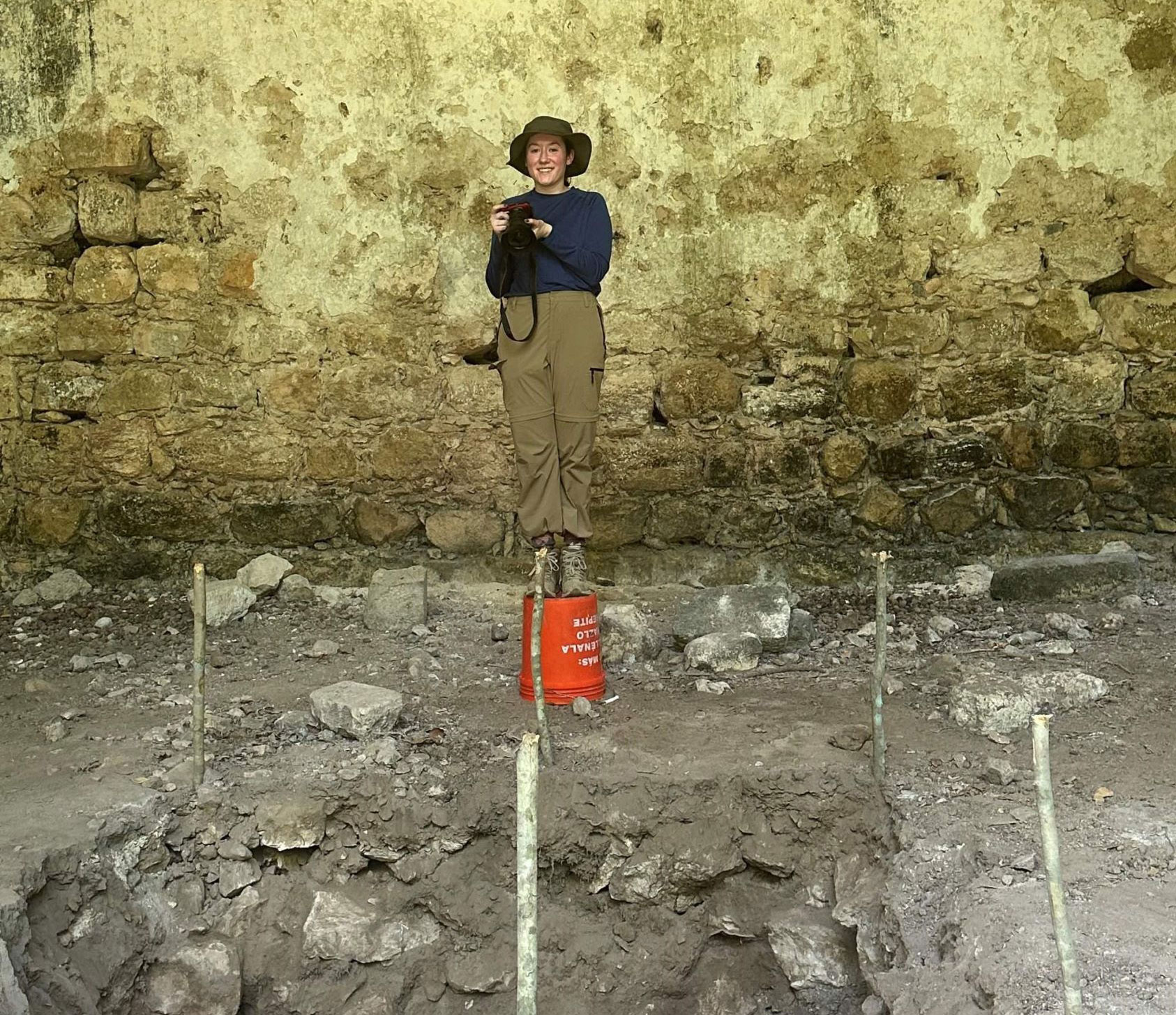 Photo by Marilyn Masson/University at Albany
Photo by Marilyn Masson/University at Albany -

-
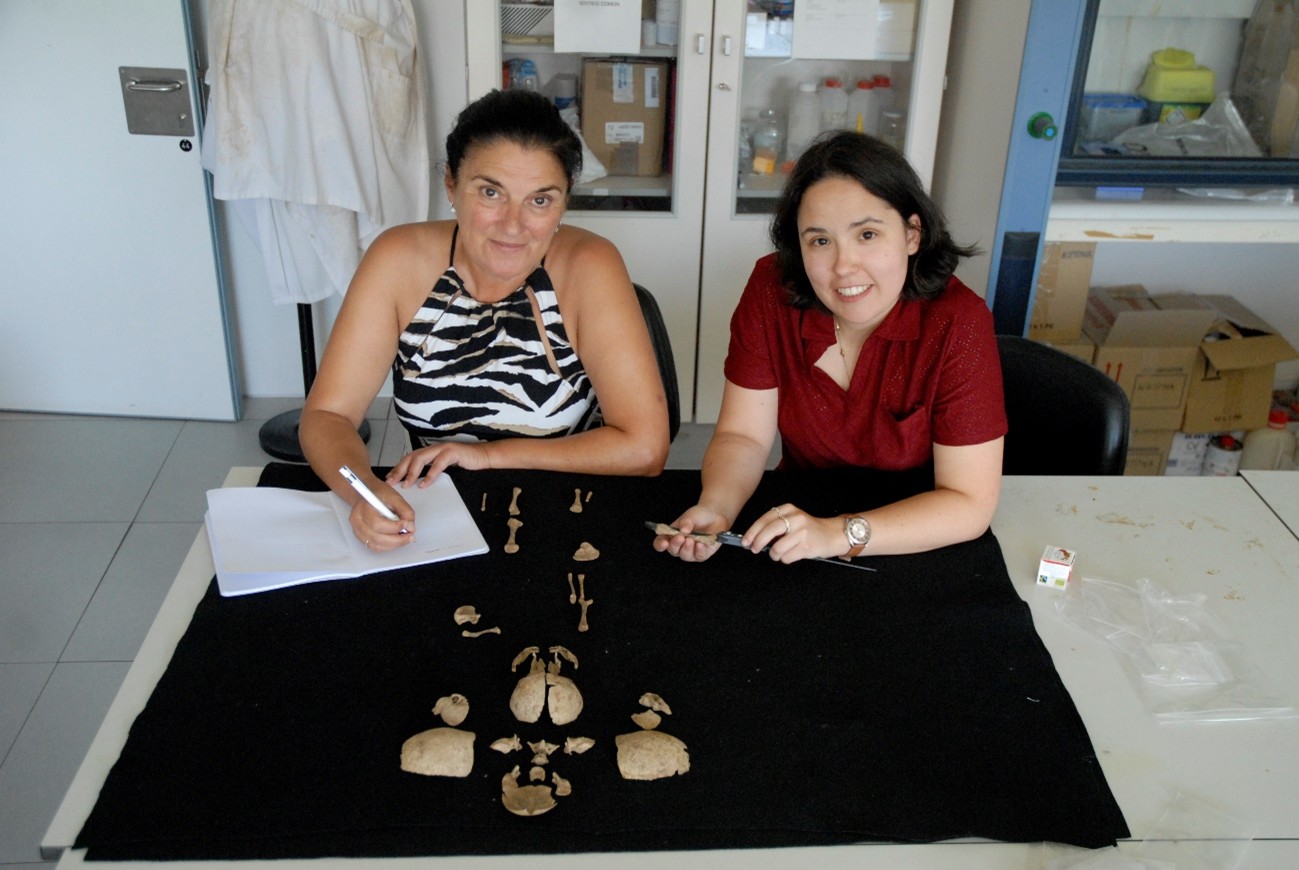 © José Miguel Carretero/LEH-UBU
© José Miguel Carretero/LEH-UBU -
 Brett Seymour, Lund University
Brett Seymour, Lund University -
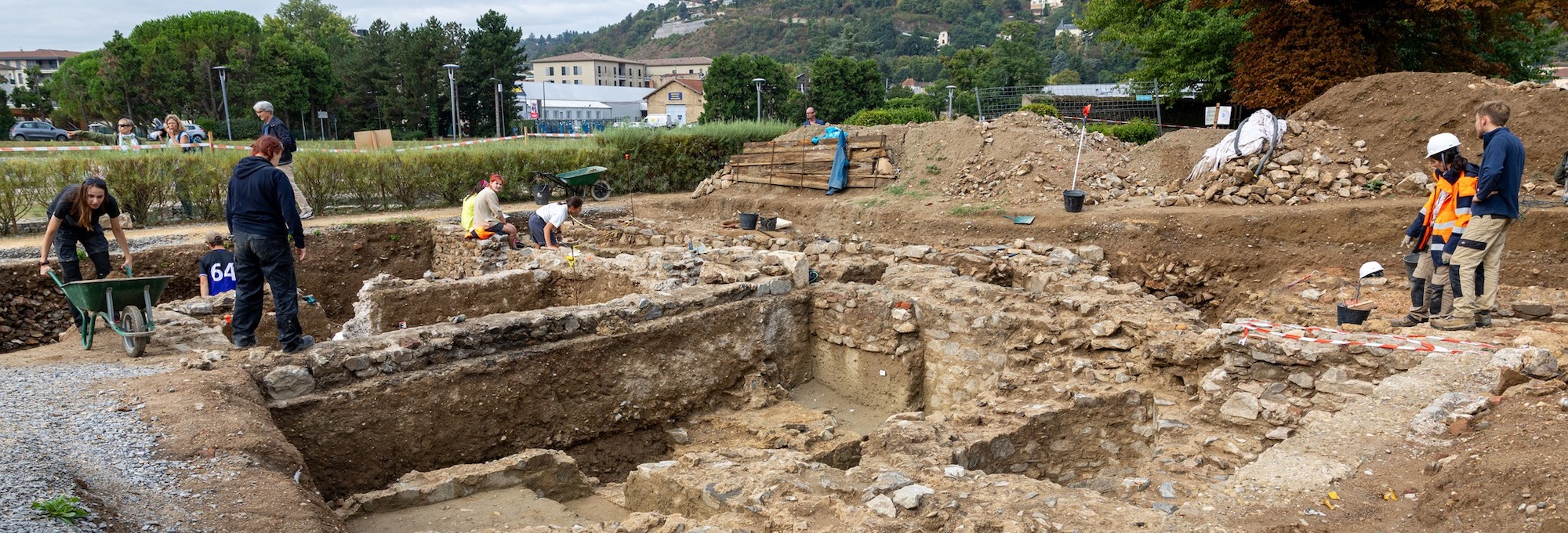 Julien Bourreau/Musée Gallo-Romain in Saint-Romain-en-Gal
Julien Bourreau/Musée Gallo-Romain in Saint-Romain-en-Gal
Loading...


